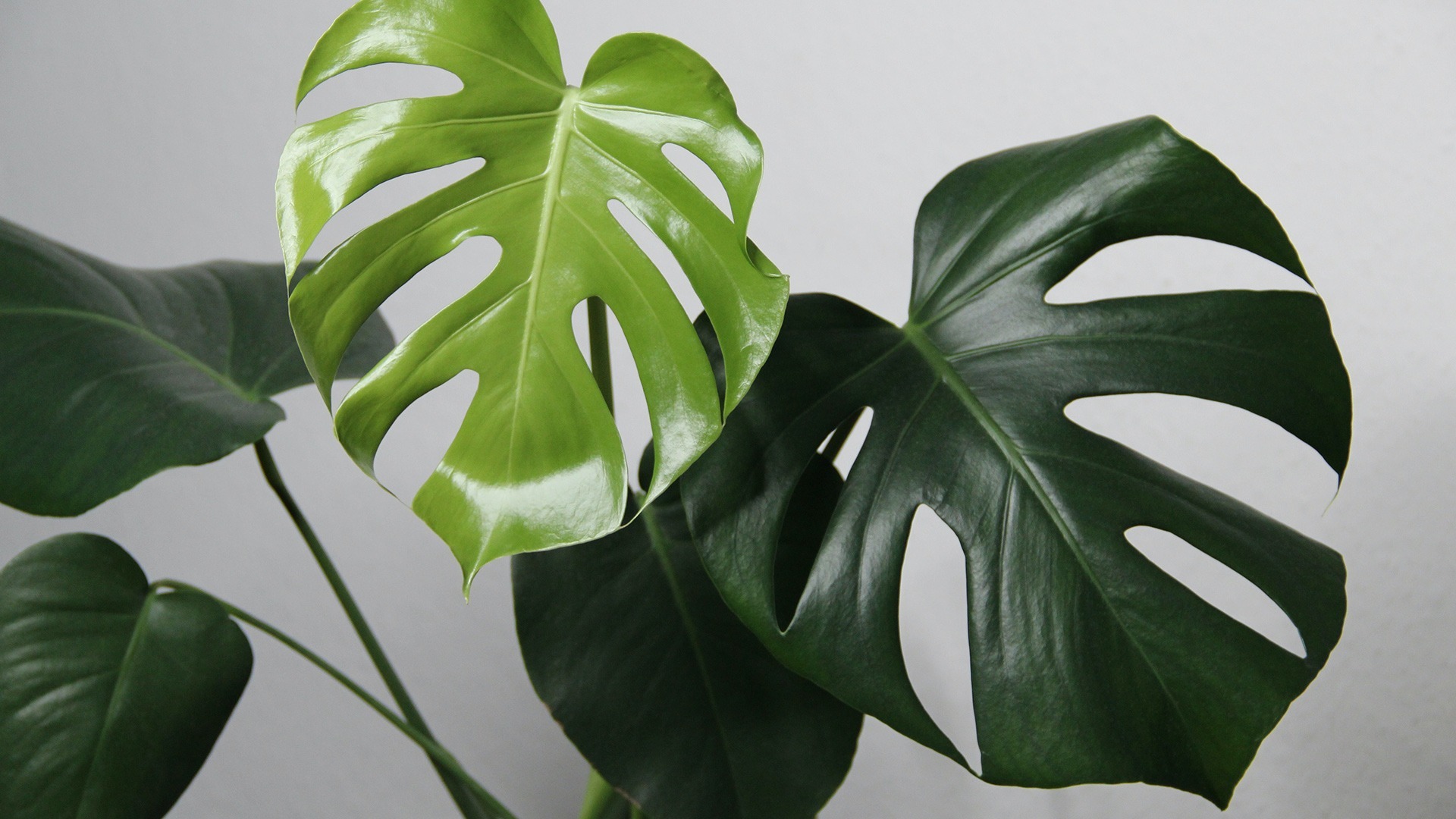5/21/2021
The warm season is upon us, the spring cleaning and the wardrobe change have been made, only a breath of fresh air is missing, the addition of a little color, which restores contact with nature. The best furnishing advice we can give you is to introduce plants into your rooms not only to improve the appearance of your home, but also because it brings enormous advantages, such as:
1. Oxygenation: significant reduction in the levels of carbon dioxide in the air
2. Purification: reduction of the levels of VOC (Volatile Organic Compounds), i.e. volatile toxic substances, and dust in the air
3. Humidification: natural regulation of the right degree of humidity in the rooms
4. Soundproofing: Plants in the house absorb some of the background noise
5. Mental and physiological action on humans: reduction of blood pressure and improvement of mood with consequent lowering of the state of anxiety and stress
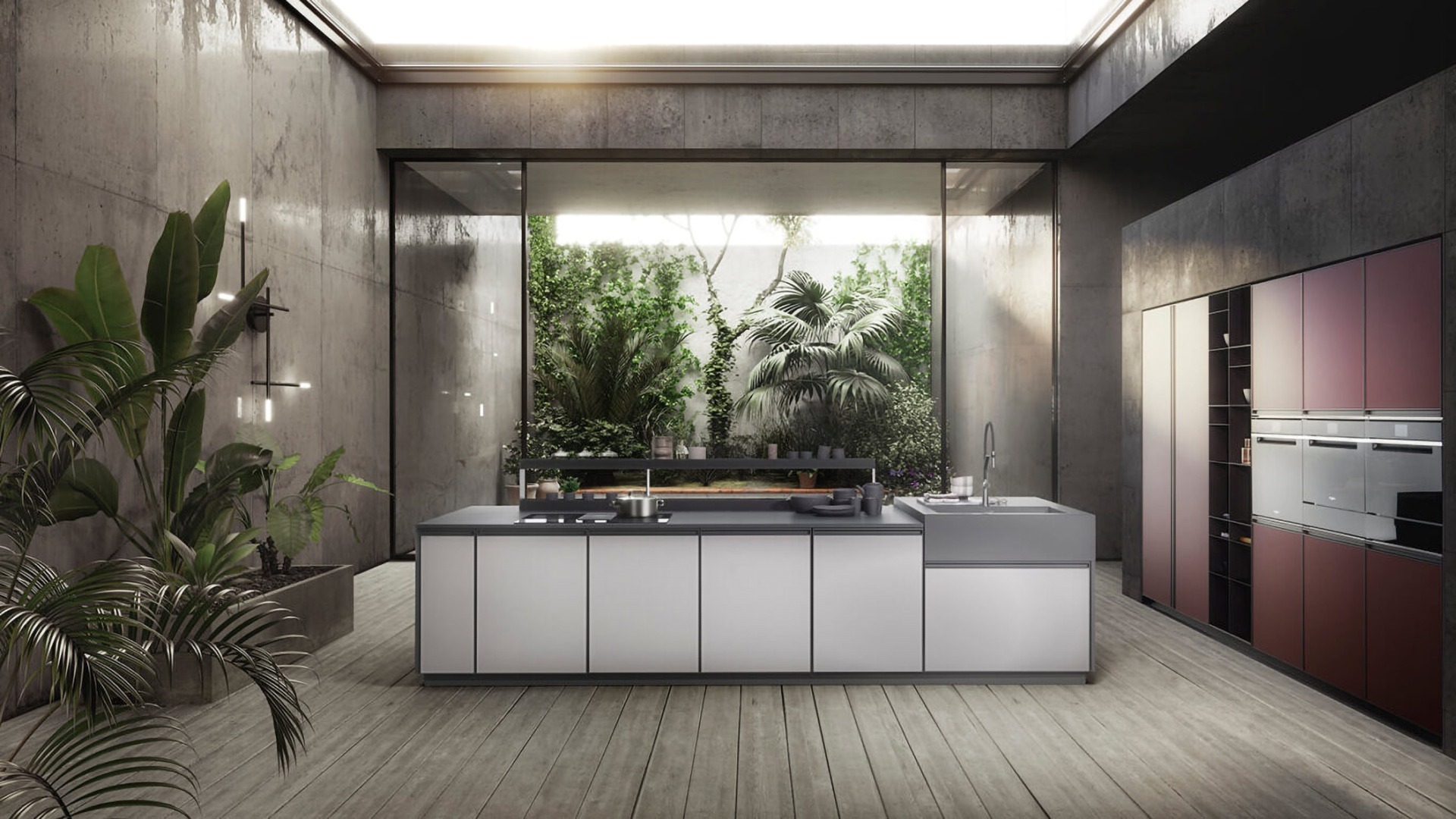
These are just some of the benefits that nature brings to our homes. Creating a green corner or evenly distributing flower and plant pots throughout the accommodation is therefore of fundamental importance.
Before deciding on the arrangement, however, it is necessary to question some aspects:
- How much space do you have available?
- Do you want to focus on an Urban Jungle style or something more minimal?
- How much natural light enters through the windows? Can you take advantage of the zenithal light (from above) or does the orientation of the light not allow for proper lighting?
- Can furniture be used to place plants? Do you have space on a console, a shelf in the bookcase or a free shelf in the kitchen on which to place the vases?
Based on the answers you will give to these questions, you will be able to understand which plants will adapt best.
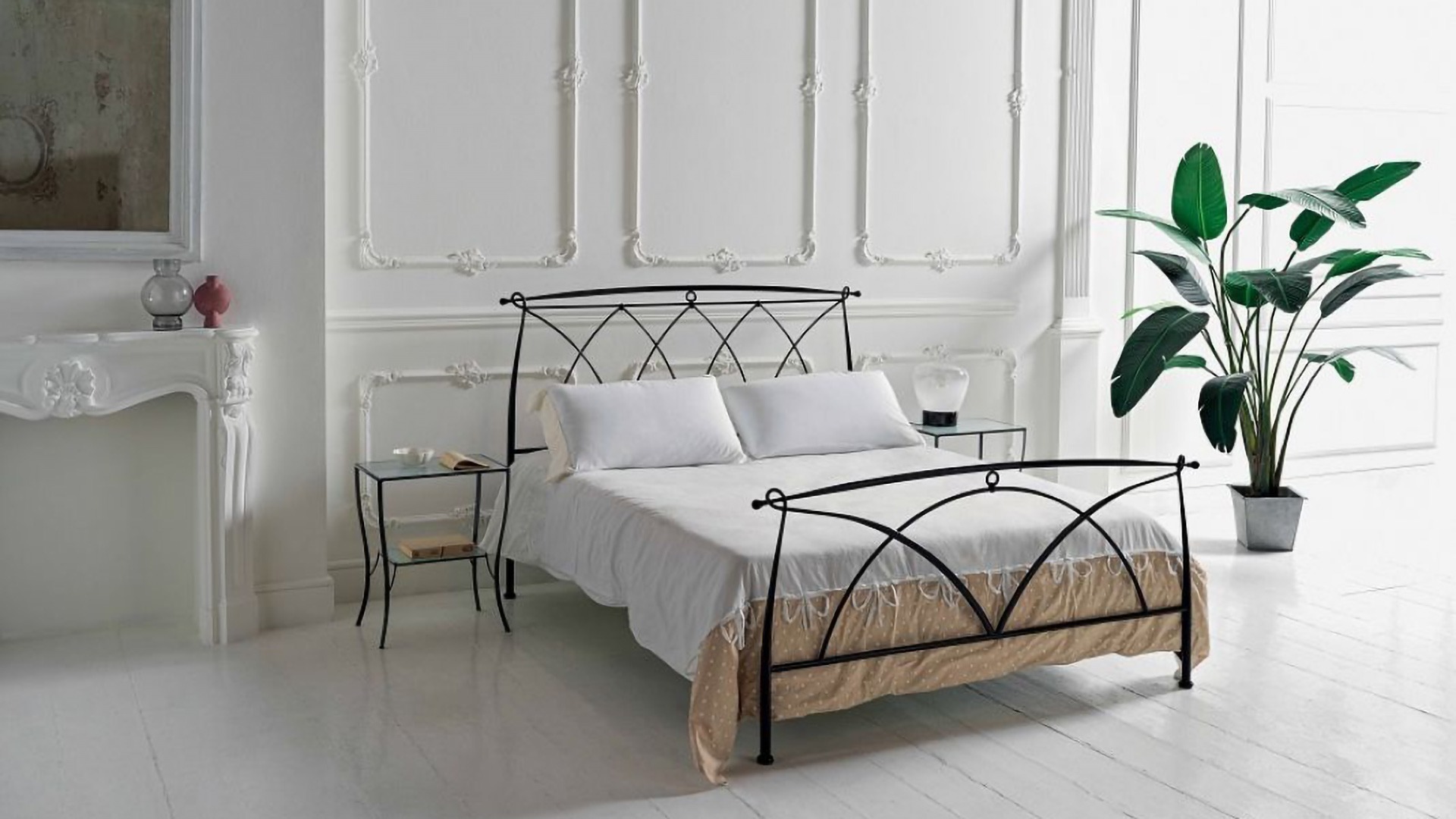
If you opt for large plants it is essential to take into account the space needed to grow and develop; massing so many plants in a confined space will only suffocate them. For this reason it is advisable to use large plants if you have a lot of space such as an open space, a valid advice not only for the health of our dear friends but also for an aesthetic question. In fact, contemporary and minimalist furnishings are preferred to avoid weighing down the environment.
For this reason, small plants are valid alternatives, especially if you have little space. Ideal even if you are a beginner and have never taken care of a vegetable, the small plants and flowers also require less effort for maintenance.
Each shrub has its ideal habitat, so when choosing a plant in your green styling plan you need to take into account which room will host it.
The bathroom is the wettest place in the house thanks to the daily showers that make it the perfect environment for succulents and ferns.
The living room usually tends to be one of the hottest areas in the house and, depending on the orientation, it could be exposed to direct sun coming in through the windows. You can therefore place flower pots, resistant to direct sun and requiring little care.
In the kitchen it is a must to have aromatic plants, which in addition to enriching the environment are very useful in the culinary field. We can therefore plant basil, rosemary, thyme, marjoram, chives and lavender.
The evergreens for the bedroom and for the study, on the other hand, are a must: small cacti or the logs of happiness are the ideal solution for those who do not have a green thumb, they will give a touch of color without being too demanding.
Choosing the right species, therefore, is never an easy task, which is why we offer you some that cannot be missing in the homes of each of us:
STERLIZIE NICOLAI
Used as an ornamental plant, the banana tree can be grown in pots and even reach large sizes.
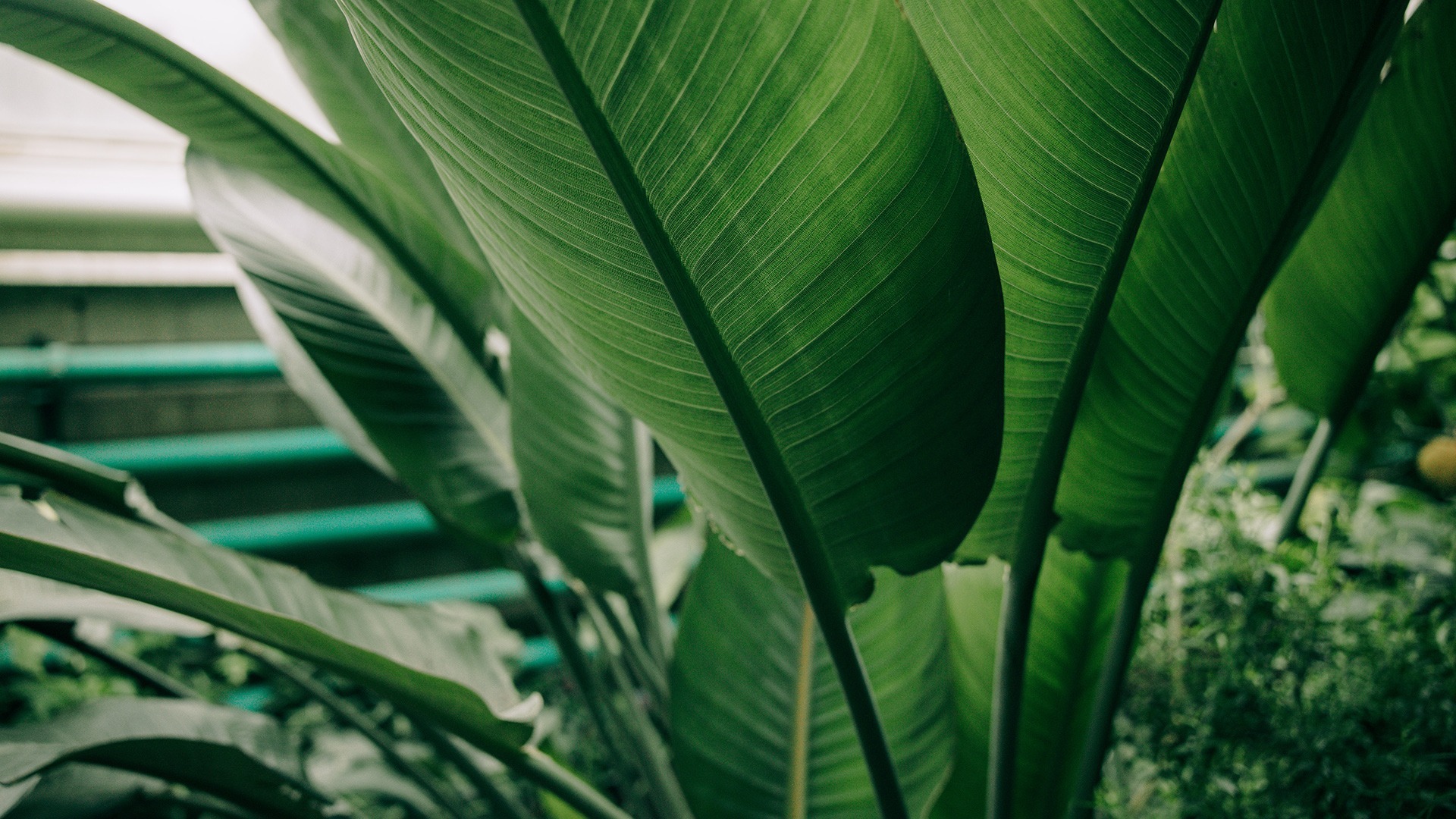
PALMS
The Palms give an exotic and elegant connotation to the interiors. They are famous for purifying the air and retaining pollution.
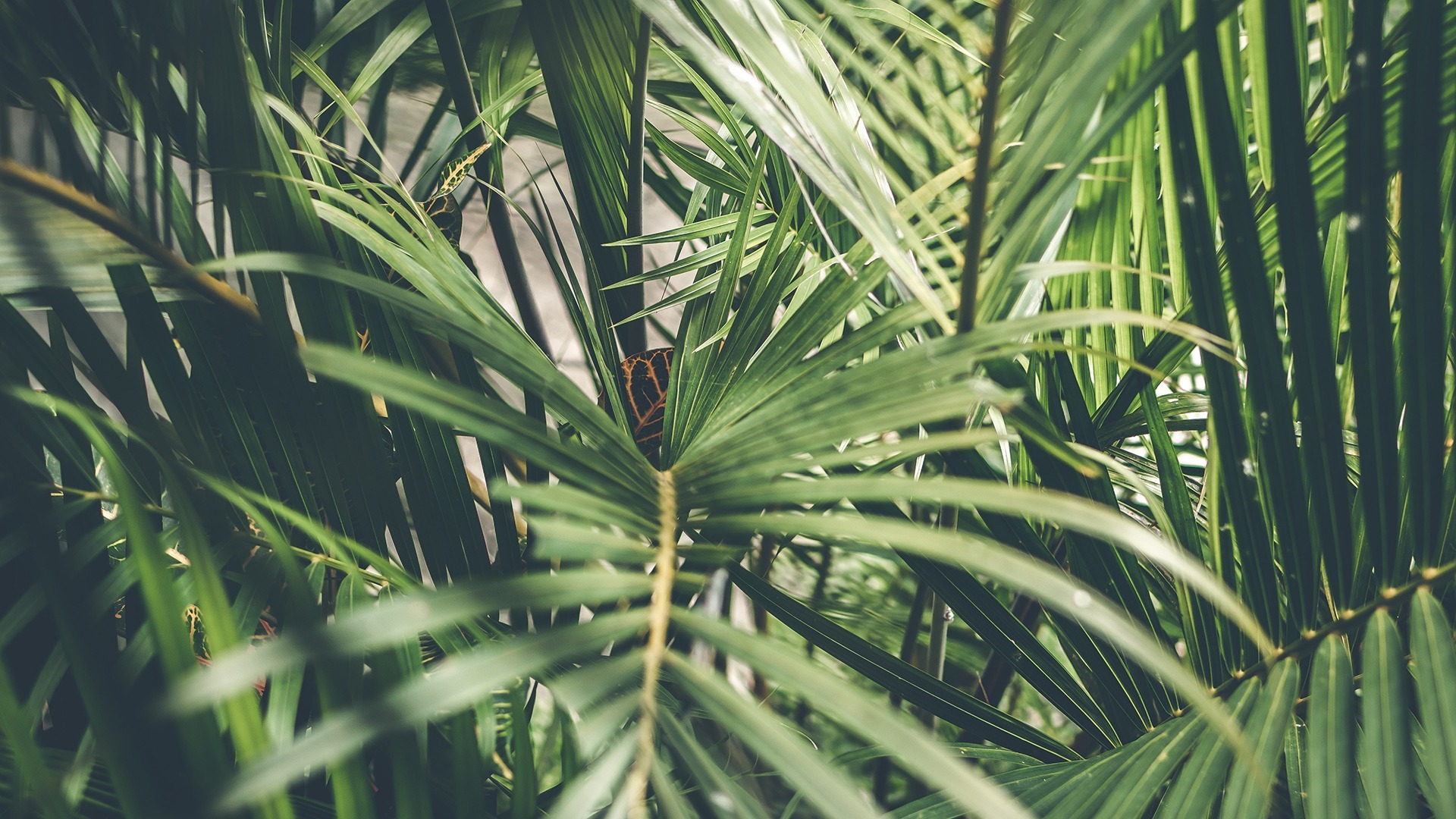
SANSEVERIA
This plant is also a must have. Evergreen and resistant, it has long and consistent leaves that grow quickly. It loves heat and sunlight (not direct) very much, while it fears cold and frost.
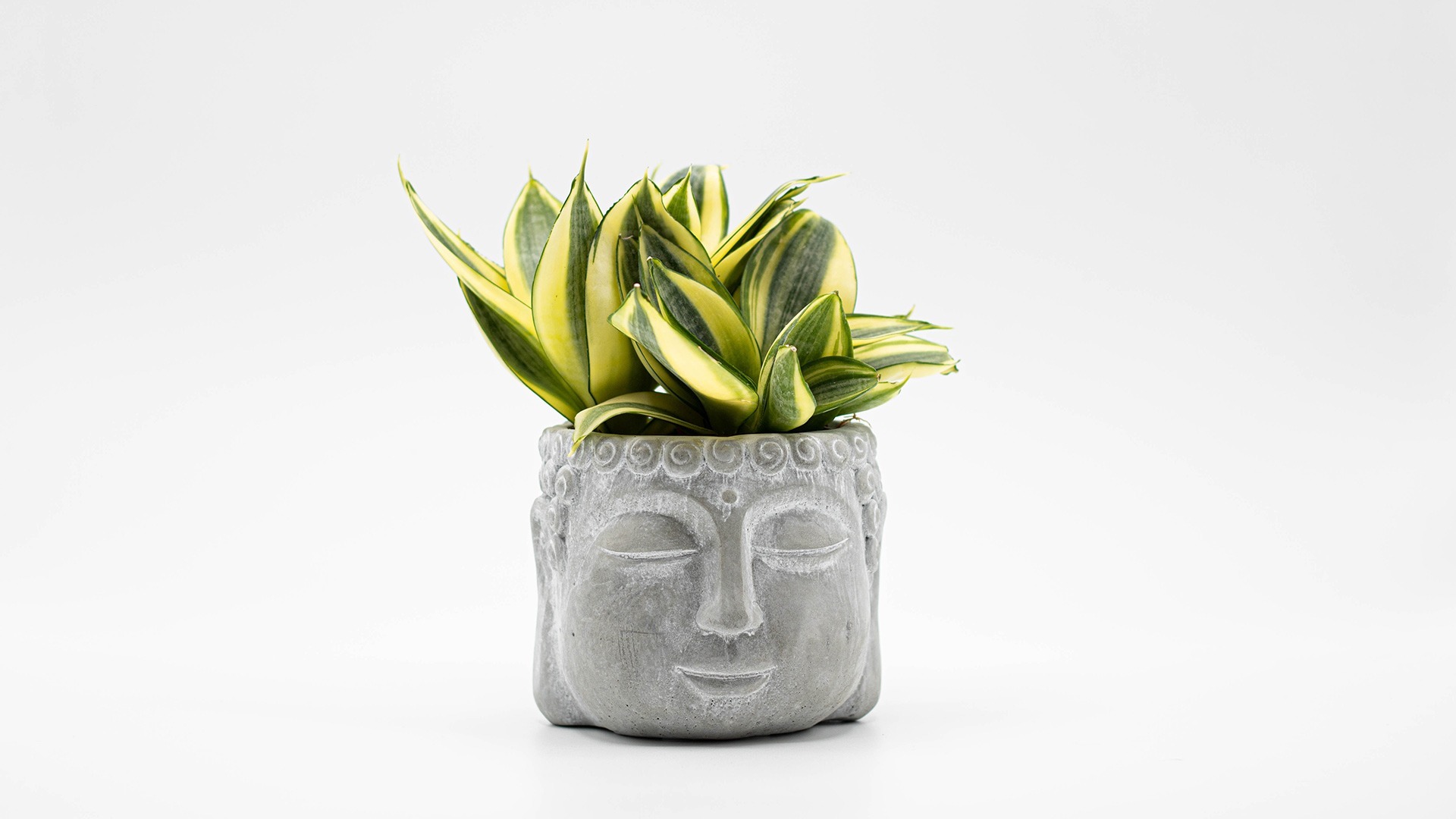
ORCHIDS
Widespread in Italian homes, they have a low cost, give color to the environment and are easy to care for. They love the mild climate and the (better not direct) light of the sun.
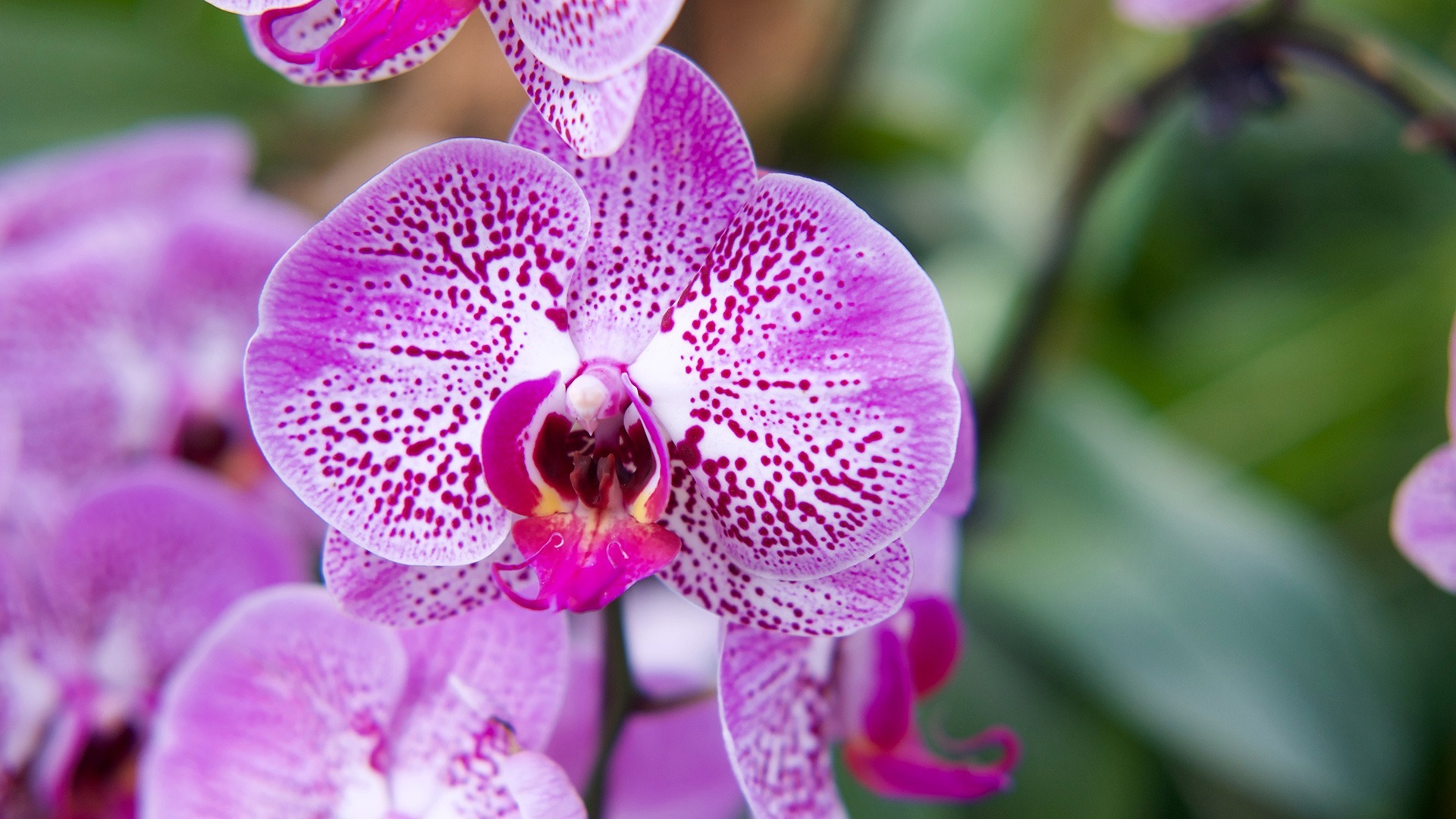
POTHOS
Its perfect position is at the top, being a climbing plant it grows out of all proportion, it is therefore very beautiful to see with its heart-shaped leaves, bright green with light streaks, which hang downwards.
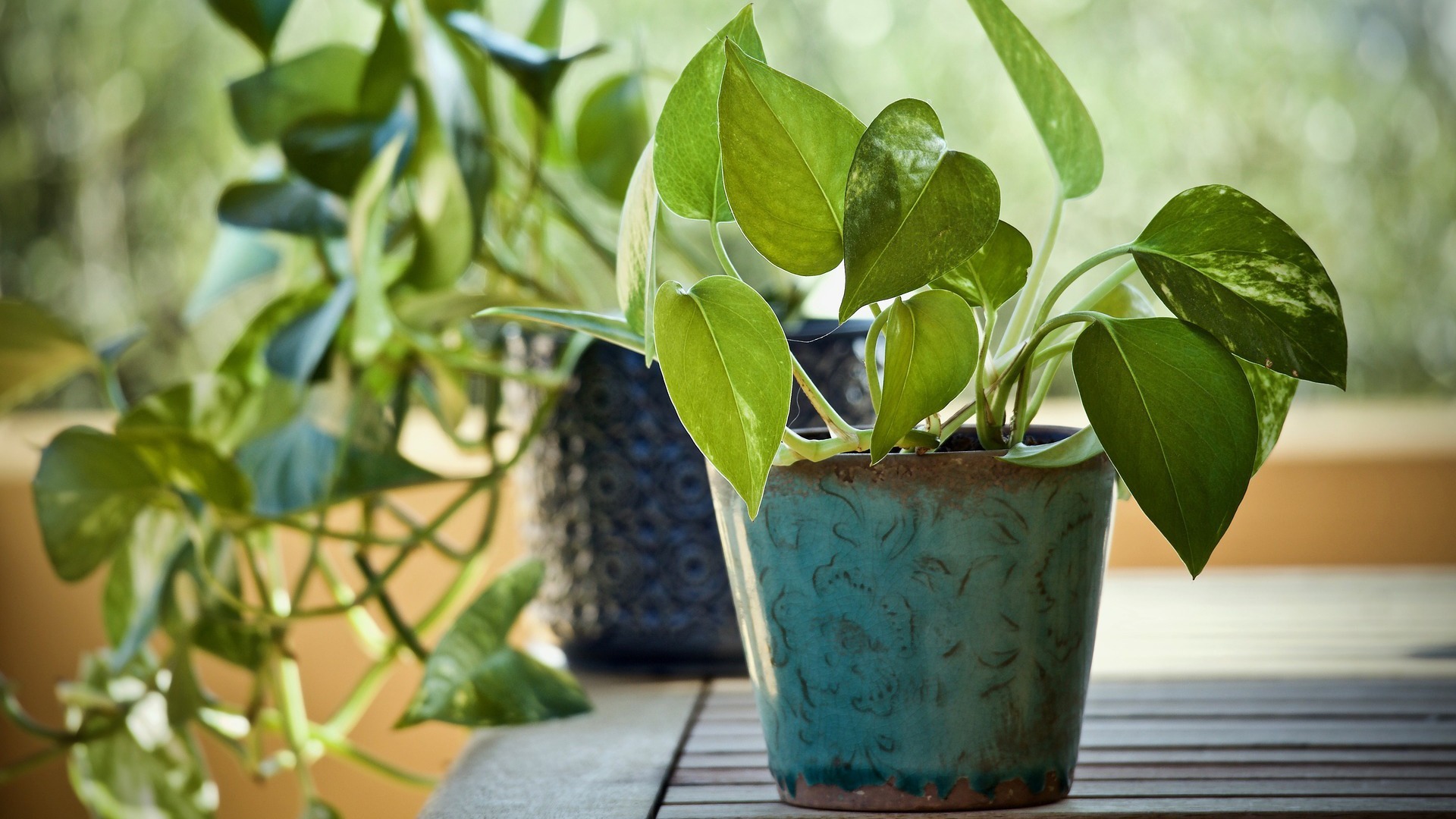
FICUS BENJAMIN
It has oval leaves with an intense green and glossy color, it does not require much attention but can be poisonous if you have a cat that runs around the house.
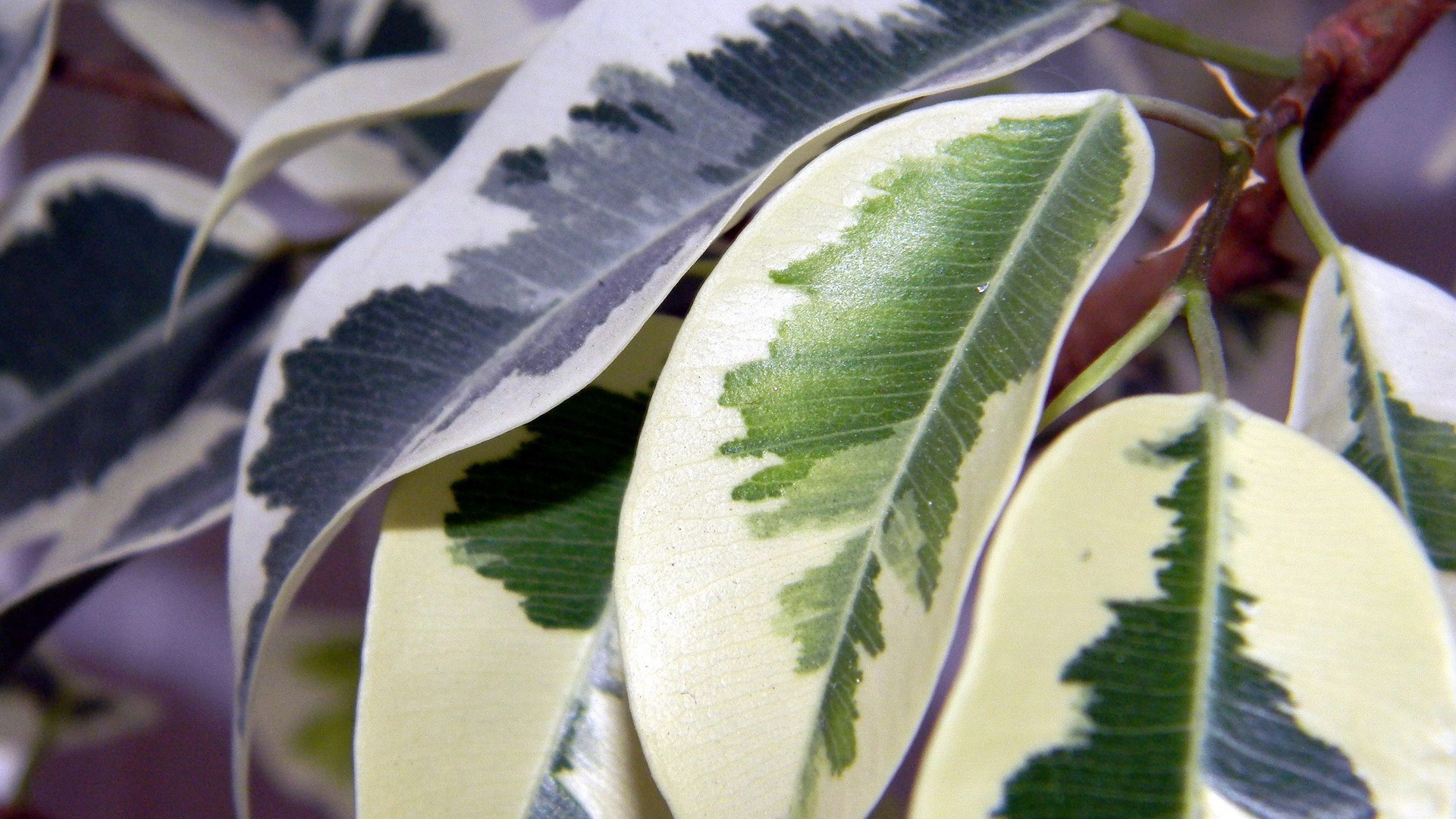
CALATHEA
It is a plant of tropical origin and therefore loves humid environments. It is advisable to bury it by submitting balls of expanded clay to help the roots stay hydrated.
It requires a lot of care because it is very delicate and tends to be the target of many parasites.

SPATYPHILLUS
Its common name is Peace Lily. Well known and widespread among indoor plants, it produces many deep green leaves, offers periodic flowering and requires little care. It suffers from sudden changes in temperature, so it must be kept away from radiators and air conditioners.
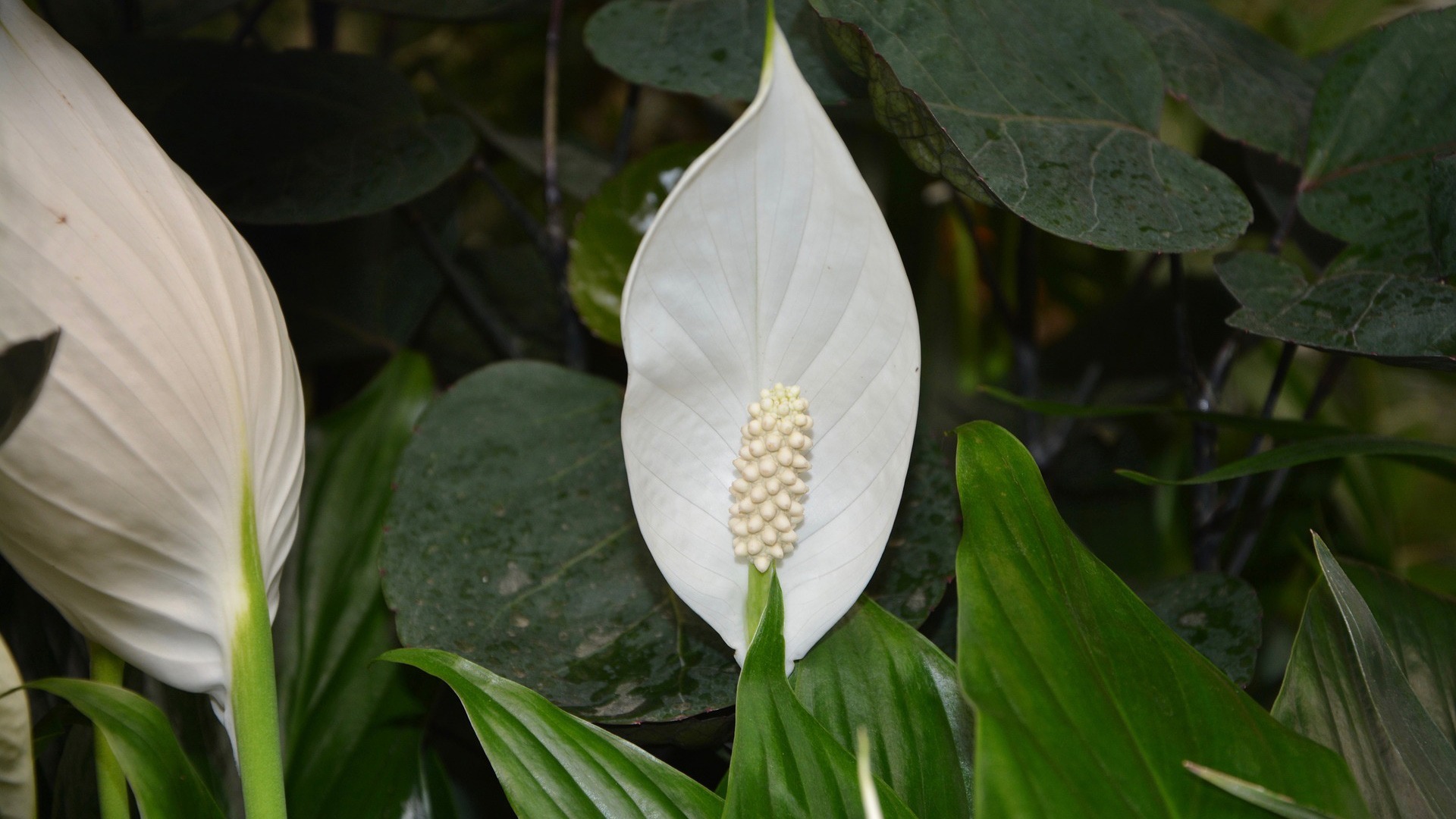
MONSTERA DELICIOSA
Of American origin, it has very large leaves. It needs a lot of light, not direct, so the ideal location would be in a very bright room but away from the window, or at least behind a curtain that dampens the sun's rays.
